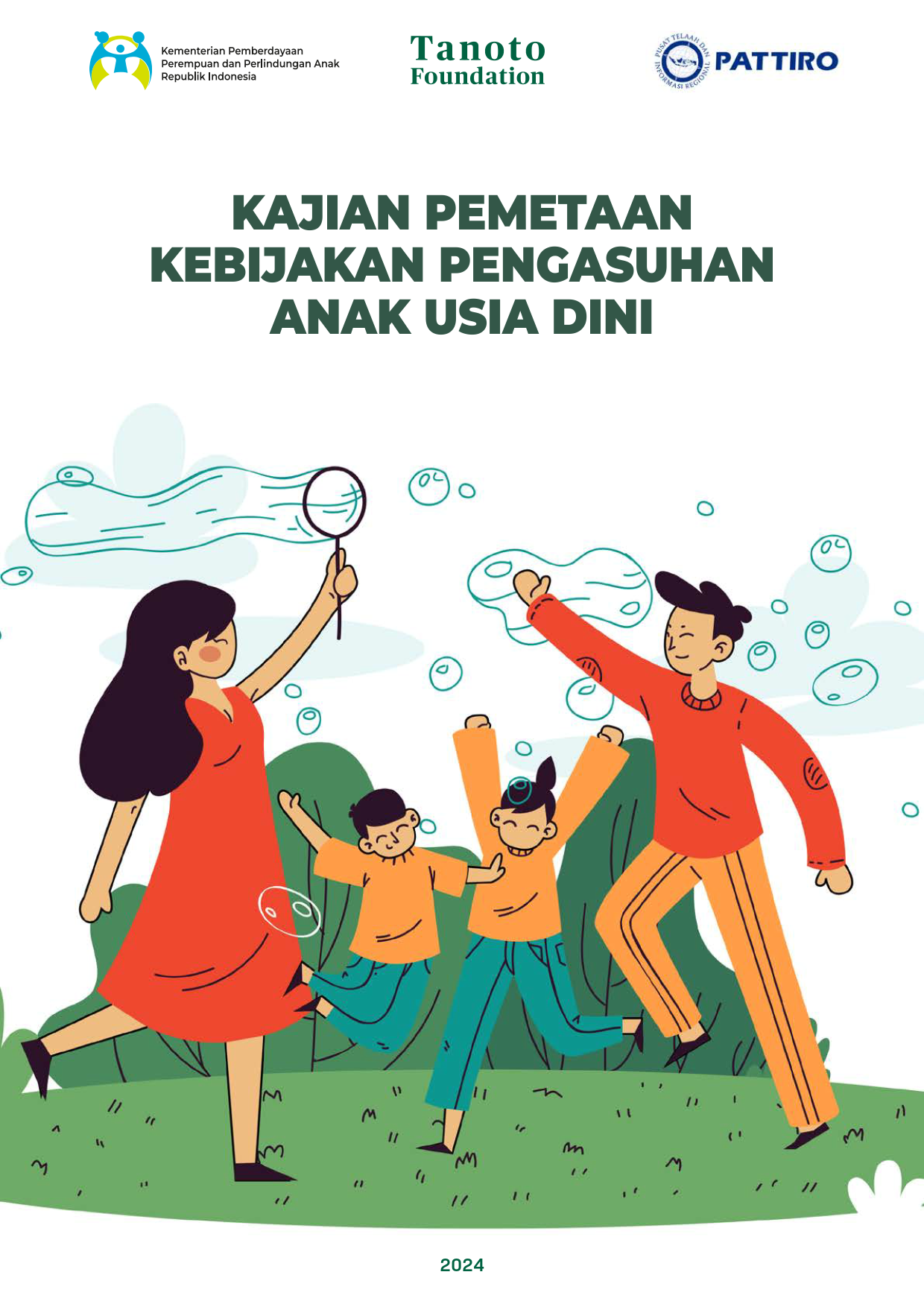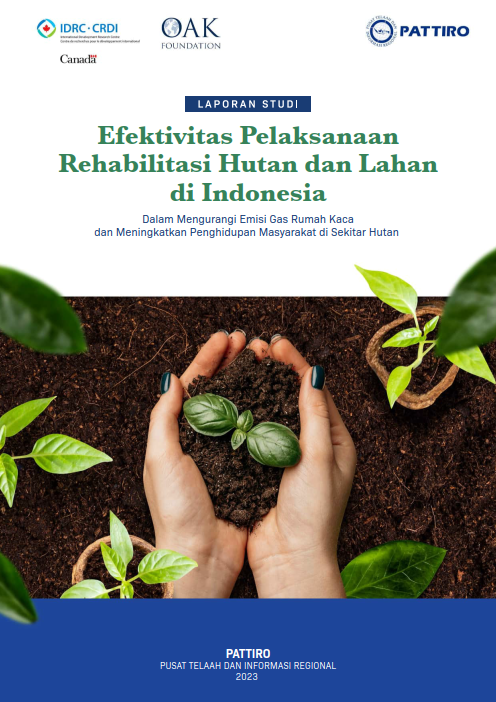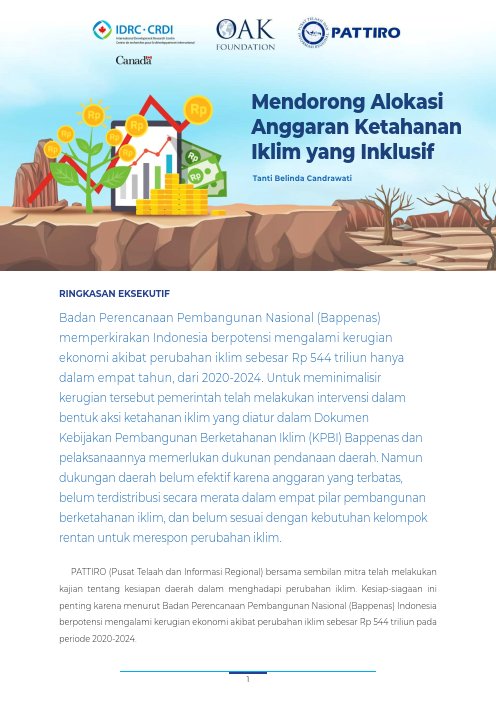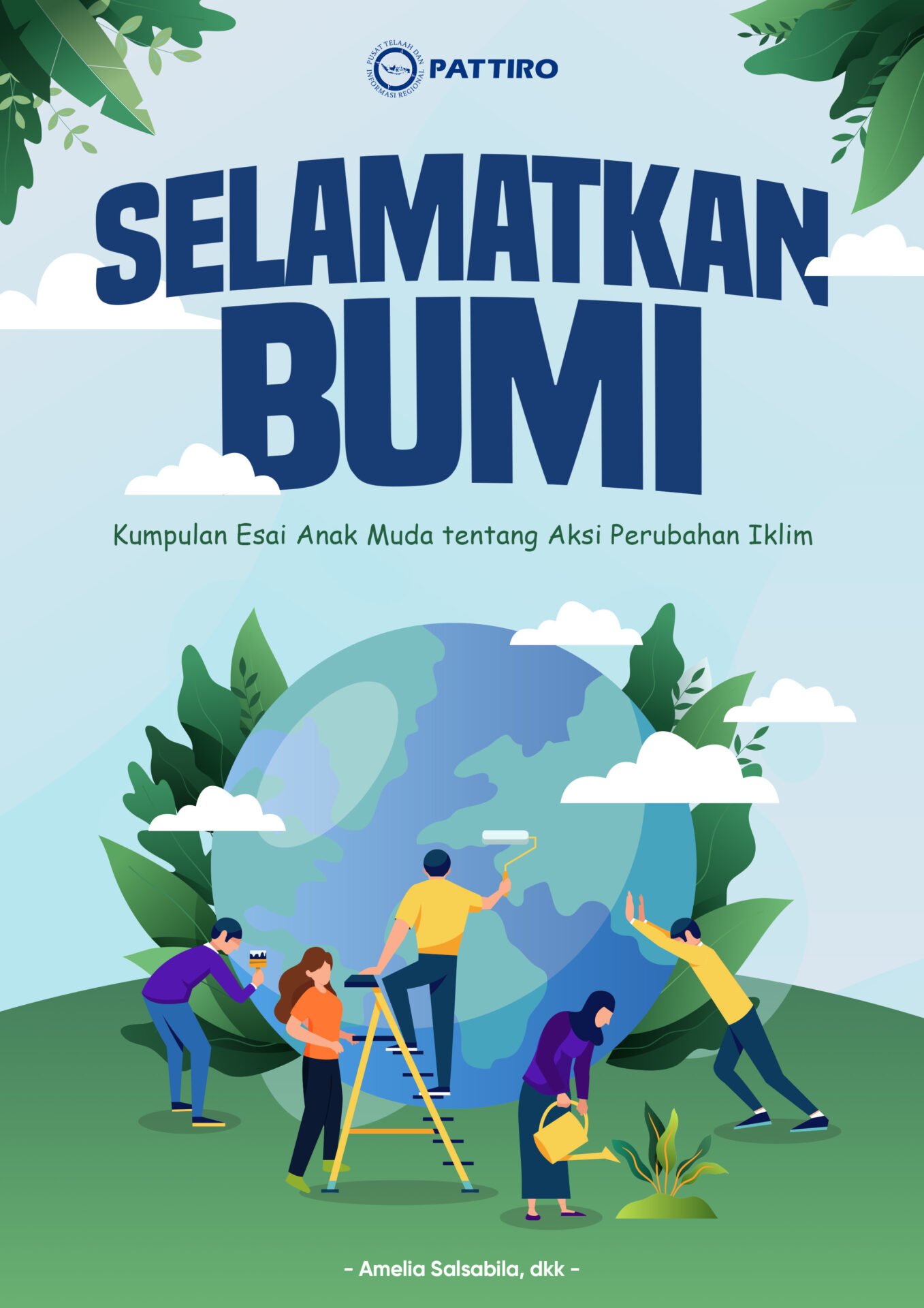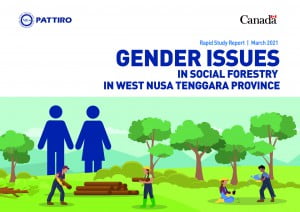 As of 2020, the area of forests managed through the social forestry (PS) scheme has reached 4.2 million hectares. Government of Indonesia is targeting to increase the area of social forestry to 8 million hectares by 2024 (RPJMN 2020-2024). This target is set to alleviate poverty, especially for communities around forest areas.
As of 2020, the area of forests managed through the social forestry (PS) scheme has reached 4.2 million hectares. Government of Indonesia is targeting to increase the area of social forestry to 8 million hectares by 2024 (RPJMN 2020-2024). This target is set to alleviate poverty, especially for communities around forest areas.
Data from the Directorate General of Social Forestry and Environmental Partnerships (Ditjen PSKL), Ministry of Environment and Forestry (KLHK), show that the average income of community forest farmer households reaches IDR 28,340,724 per year, or IDR 8,640,000 per capita per year (Ditjen PSKL 2020-2024 Strategic Plan). This figure is above the poverty line income threshold of IDR 5,455,824 per capita per year, based on the measurement of the Central Statistics Agency, March 2020. The Katadata Insight Center
(KIC) survey of 103 Social Forestry Business Groups (KUPS) shows 98.4% respondents stated that their income had increased. One of them is the Margomulyo Forest Farmers Group in Burno Village, Lumajang, East Java, whose income has increased sixfold (from IDR 7.8 million/hectare to IDR 44.6 million/hectare) compared to before joining the social forestry program (KIC, 2020) .
However, the involvement of women in social forestry programs remains low. Of the 103 KUPS surveyed by KIC, there were only about 5 groups (5%) whose members and management were dominated by women, and only 1 group (1%) had equal numbers of women and men among the members and management. The rest, i.e. 94%, are groups whose members and management are dominated by men (KIC 2020). Other data show that until 2019 there were only two groups of women who had obtained social forestry permits, namely the Environmental Care Women's Group in Rejang Lebong, Bengkulu, and the Damaran Baru Women's Group in Bener Meriah (TEMPO 2019).
To read the full report, please download below :
[__wpdm_file id=217]

